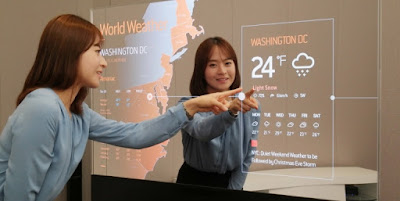Peerless-AV has just launched something they are calling the Peerless-AV Video Wall Mount Locator app. The new mobile app is designed to support Peerless-AV’s line of SmartMount Full-Service Video Wall Mounts (DS-VW755S, DS-VW765-LAND, DS-VW765-LQR, DS-VW765-POR and DS-VW765-PQR).
Designed for any installation utilizing the SmartMount Full-Service Video Wall Mounts, including applications such as shopping centers, retail stores, transportation centers, and corporate settings, the Peerless-AV claims the Video Wall Mount Locator app minimizes the needs for large construction crews and decreases installation costs.
With the addition of the Peerless-AV Video Wall Mount Locator app, integrators are able to easily determine the best location to place display mounts to create a seamless video wall. To get started, the user manually inputs the display orientation, the dimensions of the display, and the distance from the floor and wall, and the app calculates the ideal location to begin installation.
To ease installation, Peerless-AV’s line of SmartMount Full-Service Video Wall Mounts have been upgraded to feature a top center keyhole slot to help plot out and hang the video wall mounts.
The Peerless-AV Video Wall Mount Locator app is currently available in the United States for free via the iTunes store and Google play store. The version for mobile web browsers can be found here.











